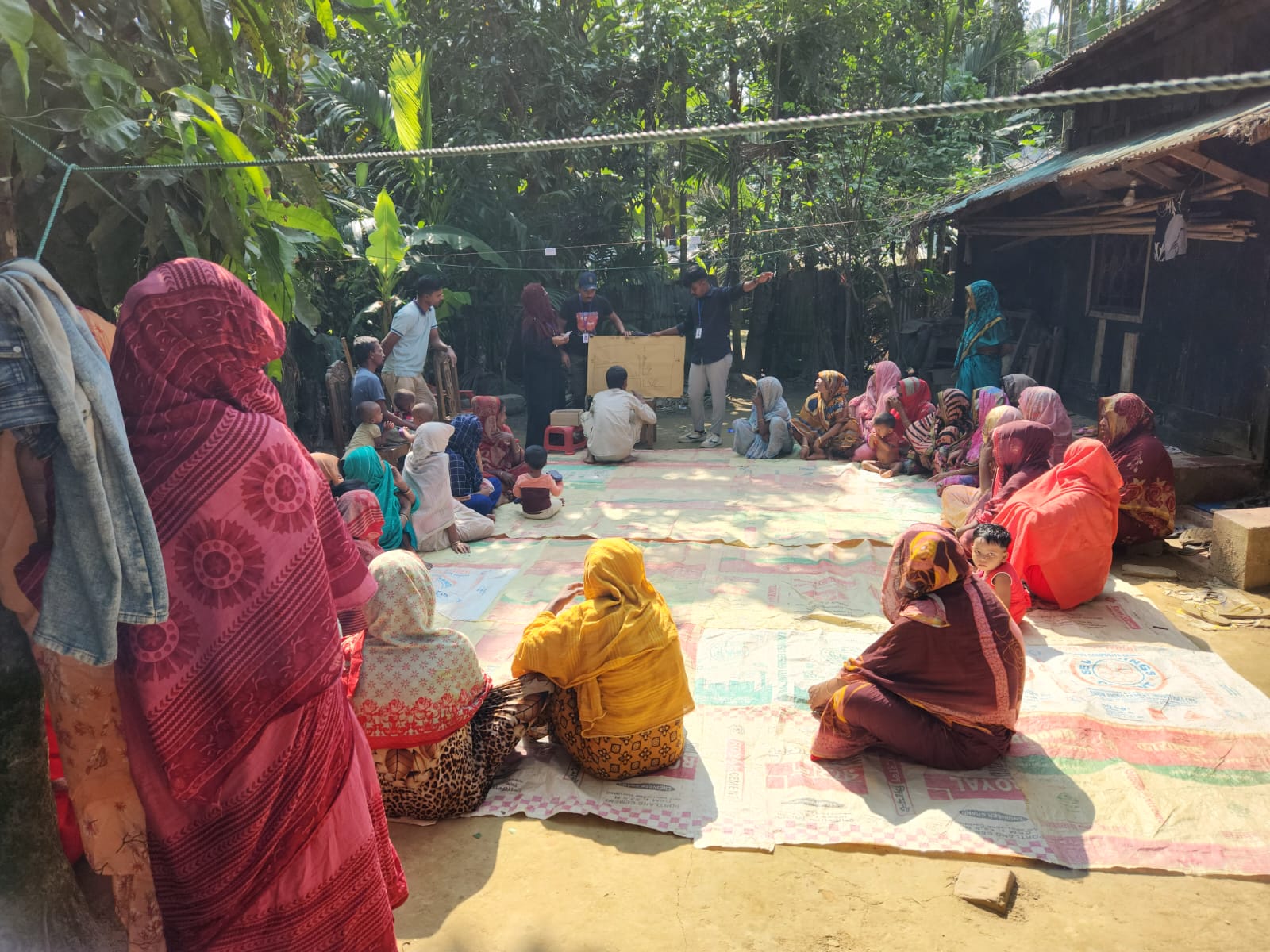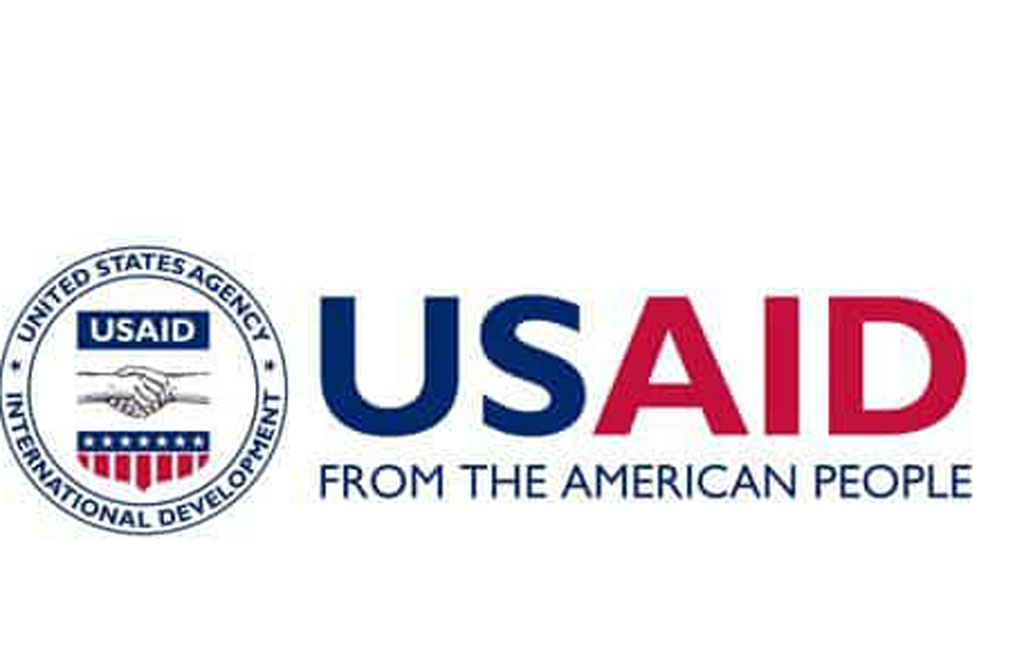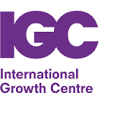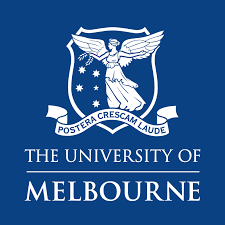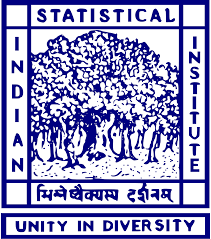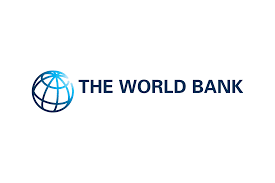Introduction
The Bangladesh Community Based Targeting (CBT) Survey represents a significant step forward in the ongoing efforts to address poverty and vulnerability within the Cox's Bazar region of Bangladesh. By specifically focusing on the communities of Ramu, Ukhiya, and Teknaf, the survey aims to not only identify the most impoverished individuals but also to gain a deeper understanding of the root causes and contextual factors contributing to their socio-economic challenges. By utilizing the well-established protocol developed by BRAC for their Ultra Poor Graduate Program, the survey is poised to ensure that the targeting of resources and aid is conducted in a systematic and efficient manner, thereby maximizing the impact of the interventions.
Furthermore, the integration of the comprehensive census conducted in the Givedirectly MobileAid Census and Ground Truth Data Collection represents a significant advantage for the CBT Survey. The data gathered from this previous census provides a strong foundation for the survey's implementation, allowing for a more nuanced and accurate understanding of the local dynamics, demographic patterns, and socio-economic conditions prevalent in the target neighborhoods. This data-driven approach not only enhances the precision of the survey's targeting but also enables a more tailored and responsive approach to the design and implementation of poverty-alleviation programs and initiatives.
In addition to the practical implications, the initiative signifies a broader commitment to fostering community development and empowering marginalized populations. By prioritizing the needs of the most vulnerable individuals and households, the CBT Survey embodies a holistic approach to poverty alleviation, emphasizing the importance of community engagement, local participation, and sustainable development practices. Through its comprehensive methodology and targeted approach, the survey aims to lay the groundwork for inclusive and equitable development, fostering a more resilient and prosperous future for the communities of Cox's Bazar.
Methodology
The methodology employed in this study involves a comprehensive approach to understanding and addressing poverty within the specific communities of Ramu, Ukhiya, and Teknaf in Cox's Bazar, Bangladesh. The research methodology consists of two main phases: the introduction day and the meeting day.
During the introduction day, a neighborhood listing conducted in February 2023 provides the initial groundwork, including the identification of households along with their names, GPS coordinates, and phone numbers. The research team visits the community, engaging with senior citizens and leaders, and explains the purpose of the research, emphasizing the significance of understanding poverty perceptions within the local context. Subsequently, a strategic meeting is scheduled, inviting diverse members of the community, including representatives from various walks of life and demographics, to participate in the wealth ranking exercise.
On the meeting day, a structured seating arrangement is organized to facilitate effective communication, with a focus on gender inclusivity and the participation of disabled individuals. A consent clause is read aloud to ensure transparency and voluntary participation. Following this, attendees are invited to introduce themselves, providing valuable insights into their roles or occupations within the community. A social mapping exercise is conducted, documenting the geographical and social features of the neighborhood, while also marking each household on the map.
The core component of the methodology involves the wealth ranking exercise, where participants collectively assess, and rank households based on their socio-economic status. This process is carried out collaboratively, ensuring the active involvement of all attendees in the categorization of wealth. The final wealth ranking order is recorded meticulously, both electronically and through visual documentation.
The methodology prioritizes community engagement and inclusivity, fostering a participatory research approach that incorporates local knowledge and perspectives. By integrating both qualitative and quantitative data collection techniques, this methodology aims to provide a comprehensive understanding of poverty dynamics and wealth distribution within the target communities, facilitating informed decision-making for the effective distribution of social protection measures.
Sample Size
The survey will be conducted in 346 neighborhoods within the aforementioned areas (Ramu, Ukhiya, and Teknaf) of cox's Bazar.

